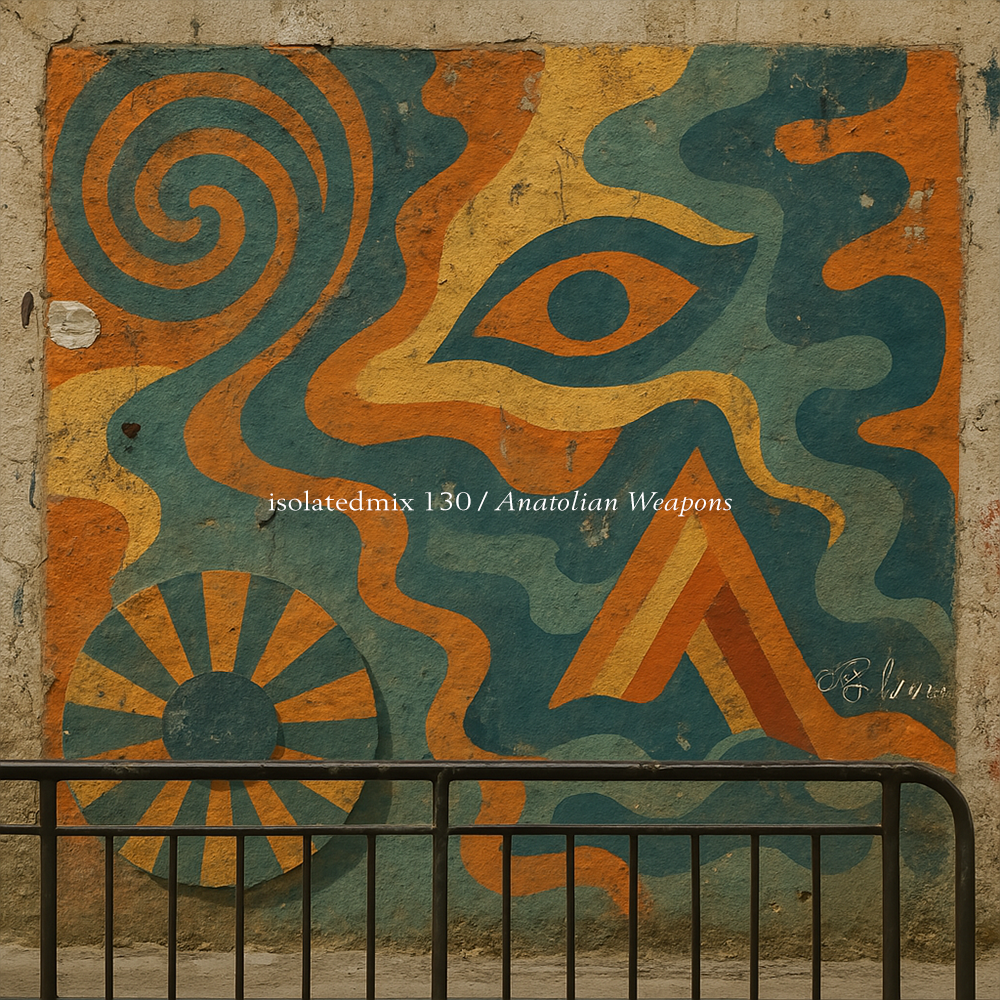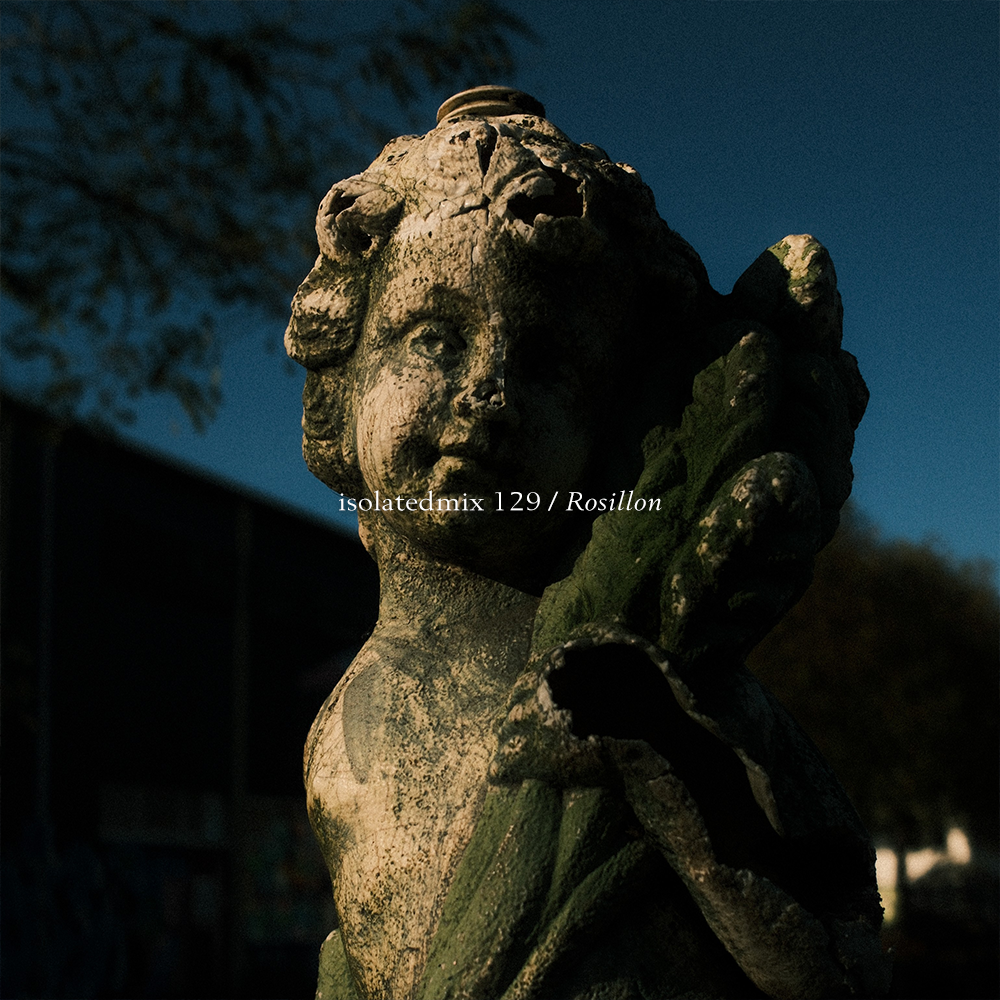After a superb debut album on the esteemed Silent Season in 2015, Alex Moya, aka Refracted has remained in high gear and top of mind when taking stock of some of the best deep techno producers of the past few years. Moving from his expansive tribal rhythms on ‘Through The Spirit Realm’, Alex has gone on to release a number of EPs and created his own output, Mind Express, whilst also becoming a sought-after live act with appearances at Parel-lel Festival and closing the legendary Tresor, nightclub in Berlin.
It was Alex’s set for one of our 9128.live takeovers from Astral Industries that really took my affinity for the producer to the next level, showcasing an intrinsic respect for minimalist ambient music and gloriously immersive tones, all without the deep rhythms often relied upon within his own productions. It takes a deep respect of both disciplines to balance the crossover of techno and ambient music, and Alex seems to have got it down to a T.
Hi Alex, where are you and what’s spinning?
I’m in my warm flat in cold Berlin and currently listening to DJ Shadow and Cut Chemist’s Product Placement, as the soundtrack for my writing.
I am sure many of us in the more Ambient-leaning world first heard you through your debut album on Silent Season. Since then you have produced a number of EP's as opposed to full albums. Have you been holding back?
I have very fond memories of the time I was working on that album. It was so early in my musical career that I felt really free creatively and could explore every path that opened before me. That somehow changed when things started to get serious and I saw myself “forced” to release more dancefloor-friendly material. I have finally managed to free myself from those constraints and have been exploring other sounds again for a while now.
I am confident in what I have learned and have been working on a new album that is practically finished. It is, in my opinion, a good balance between that early sound I had with all the knowledge and techniques I have acquired since then. It is made for horizontal listening. Slow rhythms, drones, quite psychedelic at times and with a lot of texture.
There was no purposeful holding back… I think the idea of working on something like this came at the perfect time. There was a story to tell and that’s what I feel a lot of albums are lacking. A story.
Can you tell us a little about your production approach? Are you mainly hardware, digital, or a mix?
I’m very into hardware but I also work in the digital realm. I think a balance of the two is the best way to go. Analog for the playfulness and sound and digital for the convenience and ease of use. Every tool has been carefully selected and has a reason to be.
I like to focus on few things and learn them, squeeze everything I can from them.
My favorite process is getting into the sound, sculpting the waveforms and maximising its potential with carefully crafted effect chains.
Are you getting back to playing live gigs now the pandemic is becoming ‘normal’? How did it impact you these past few years?
Luckily things seem to slowly go back to “normality” and for that, I am very grateful.
The pandemic impacted me in the usual way it has impacted other artists and performers and personally forced me to return to the corporate world from which I escaped many years ago.
It has been quite tough adjusting to the new reality and losing all the freedom I had worked so hard to get but at the same time, it has taught me that I can adapt to big changes like this and push through.
Having a stable income has freed my mind from a lot of stress and worry, and I feel very free creatively. The only problem is mostly finding the right time and mindset for music production.
You have a knack for deep abstract sounds. Who are some interesting artists or DJs you have seen lately, or are supporting that we may not know about?
I guess it will be hard to discover artists to your readers but there is a crew of very special artists in the UK who are all connected to Astral Industries. After some really fun events and travels together we have become very good friends. I am talking about Ario, o.utlier, hems and, Eight Fold Way. Amazing people, DJ’s and producers.
Hems and o.utlier have just started their own label called Titrate which already has a great first release from Hems. Stay tuned for more as I’m sure there will be some great music coming out on that label. ;)
Can you tell us a bit about your approach to your isolatedmix?
Well, seeing as it was a mix for your series I couldn’t just press record and play a bunch of ambient tracks. I carefully selected tracks that play well together, that I really enjoy and share common ground between them, while thinking of a sequence. So there are parts that are more orchestrated and others on which I am going with the flow.
There are tracks by ishq, Rapoon, Biosphere, Coil, Thomas Köner, Eleh, Windy & Carl, Ø, Rainforest Spiritual Enslavement, Chris Carter and 2 unreleased tracks of mine amongst others.
And lastly, if we weren’t an ambient-leaning bunch, and you weren't making a recorded mix with this audience in mind, what kind of mix would you create?
Probably something quite similar and go nuts on the psychedelia.
~
Listen on Soundcloud, Mixcloud, or the ASIP Podcast.
No tracklist available.
Artwork photo by Mike Petrucci.
Refracted | Bandcamp | Soundcloud

























